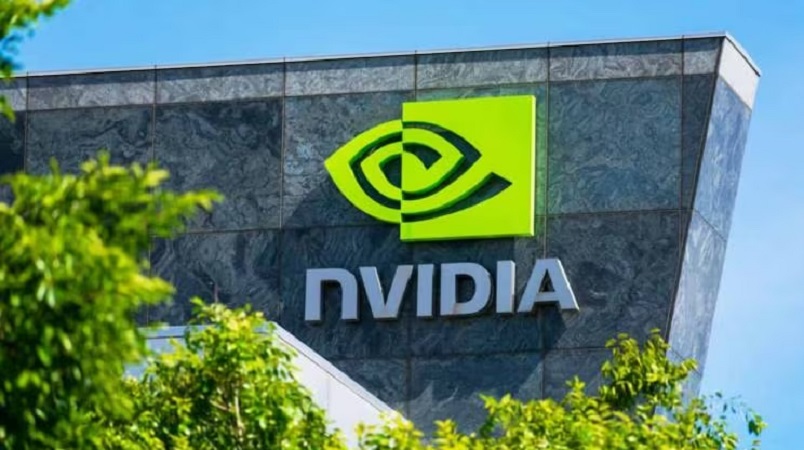Spain has stepped up its battle against short-term tourist rentals by fining Airbnb €64 million ($75 million) for advertising unlicensed holiday homes, a move that places one of the world’s largest accommodation platforms at the center of the country’s deepening housing crisis debate.
The fine, announced on Monday by the Consumer Rights Ministry, is equivalent to six times the profit the government says Airbnb earned from listings that breached Spanish rules. Consumer Rights Minister Pablo Bustinduy said the sanction was the second-largest ever imposed by the ministry for consumer rights violations, signaling a tougher enforcement posture as housing affordability becomes an increasingly combustible political issue.
The action is part of a broader effort by Spain’s left-wing government, supported by regional authorities and city councils, to rein in what they describe as excessive tourism and its spillover effects on local housing markets. In cities such as Barcelona, Madrid, Malaga, and Palma de Mallorca, as well as in coastal and island destinations, residents have protested that the rapid expansion of short-term rentals has reduced the stock of long-term housing, pushed rents higher, and transformed residential neighborhoods into tourist zones.
Spanish authorities argue that platforms such as Airbnb and Booking.com have accelerated these pressures by enabling large numbers of homes to be used for short stays, often without proper licenses. In July, Airbnb withdrew 65,000 listings after the Consumer Rights Ministry said they violated existing rules, including requirements around registration and transparency. Officials say the fine announced this week addresses profits made from advertising and facilitating unlicensed properties before and around that period.
Bustinduy framed the penalty in explicitly social terms, tying enforcement against Airbnb to the government’s wider housing agenda.
“There are thousands of families living on the edge because of housing, while a few get rich from business models that drive people from their homes,” he said, presenting the decision as a corrective to what authorities see as market distortions rather than an attack on tourism itself.
Airbnb has rejected the ministry’s interpretation and said it will appeal the fine. A company spokesperson said Airbnb is confident that the government’s actions run counter to applicable Spanish regulations and confirmed the company intends to challenge the decision in court. The firm also argued that Spain’s short-term rental framework has been evolving, pointing to changes introduced in July and ongoing discussions with the Ministry of Housing.
According to Airbnb, it is working with Spanish authorities to enforce a new national registration system for tourist rentals. The company said more than 70,000 listings have added a registration number since January, a figure it cites as evidence of improving compliance and cooperation. Airbnb maintains that clearer, more consistent regulation — rather than large retroactive fines — is the most effective way to balance tourism with housing needs.
The case highlights a recurring tension between Spain’s consumer and housing enforcement strategy and broader European regulatory norms. In 2024, Spain fined Ryanair €108 million for charging extra fees on cabin bags, a decision that later drew criticism from the European Commission, which said the penalties imposed on Ryanair and other budget airlines breached EU regulations. That episode raised questions about whether some of Spain’s consumer enforcement actions could face challenges at the European level, an issue that may again come into play as Airbnb’s appeal progresses.
For the Spanish government, the fine underscores a determination to confront large digital platforms seen as contributing to structural housing shortages, even at the risk of prolonged legal battles. Housing has become one of the most politically sensitive issues in Spain, with rents rising faster than wages in many regions and younger households increasingly priced out of city centers. Officials argue that limiting unlicensed tourist rentals is a necessary step to free up housing stock and stabilize prices.
Spain represents a critical market for Airbnb and a test case for how far national governments are willing to go in reshaping the short-term rental landscape. While the company insists it supports regulation and compliance, the scale of the fine and the political rhetoric surrounding it point to a tougher operating environment not just in Spain but potentially across Europe, where similar concerns about housing, overtourism, and platform accountability are driving policy debates.
As the legal challenge unfolds, it is drawing interest from platforms and local governments. At stake is not only the €64 million penalty, but also the broader question of how European countries balance tourism-driven growth with the social and economic pressures facing residents in some of the continent’s most visited cities.






